An audience has nowhere to hide with black and white cinematography. Color is ordinary. Strip us of ROYGBIV and what we’re left with is an alien world of terror that can be designed to accentuate the other and the unknown. Art should not, and does not, need to reflect reality. Oftentimes artifice is essential to creating empathy. By entering the heightened experience of celluloid you discover emotional similarity.
So yeah, B&W doesn’t date a film, silly. The films you will find below are not chained to a particular decade, or style. We go silent, we go contemporary, and we go retrograde. While many of them are beautiful, some of them are also pretty damn ugly and raw. There are a few classics, and a few should-be classics.
Keep reading for a look at the 10 scariest black and white horror films as voted on by Chris Coffel, Kieran Fisher, Rob Hunter, Meg Shields, Jacob Trussell, and myself.
![]()
10. The Phantom of the Opera (1925)
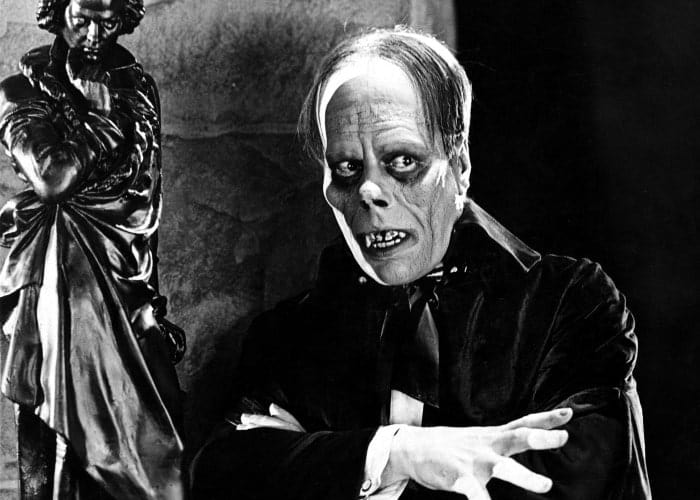
Few actors have brought as much empathy to monstrous creations like Lon Chaney. Before there were masterful craftsmen like John Chambers or Rick Baker to help apply the extraordinary over the ordinary human form, actors were expected to contribute their own make-up effects. Chaney found life in his little box of wigs, wax teeth, and greasepaint. With great care to their applications, and tremendous heart and soul, Chaney would birth The Hunchback of Notre Dame, The Monster, The Phantom of the Opera, and a thousand other faces. Pop culture can’t shake the Phantom. He’s this sad-sack deformed demon obsessed with a beauty that he could not possibly attract without relenting to criminal pursuits. Gaston Leroux’s 1910 novel was a sensation, and there was plenty of enthusiasm surrounding the first cinematic adaptation. Chaney kept the makeup design hidden from the public so that when it was finally revealed, the shock was a pure terror modern movie audiences have a great difficulty comprehending. Today, we can still marvel at the design, and the craft to the fright, but we’ll never feel the nightmare that the first 1922 crowd experienced. – Brad Gullickson
9. Eraserhead (1977)
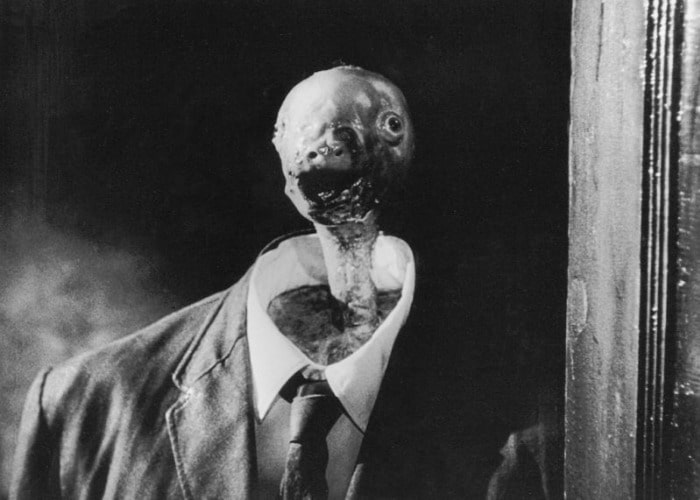
Let’s not try to pretend we know what goes on in David Lynch’s mind. Oftentimes vibrant and picturesque with an undercurrent of festering danger, Lynch has painted a spectrum of cinematic portraits of intricately layered worlds, but none more inaccessible than his ode to a crumbling Philadelphia, Eraserhead. Always meant to be filmed in black and white, Lynch told Starlog in 1984 “Black and white takes you kind of far away. Some things are said better in it, some feelings come across better.” And in a relatively silent film, save for an industrial soundscape and scant dialogue, Lynch leans on his use of fever-dream logic to emit a deeply unsettling mood that wouldn’t have been the same in color. Black and white does exactly what Lynch described, it transports us away from our reality, plunging us into the nightmares only an Eagle Scout from Missoula Montana could imagine. – Jacob Trussell
8. Creature from the Black Lagoon (1954)
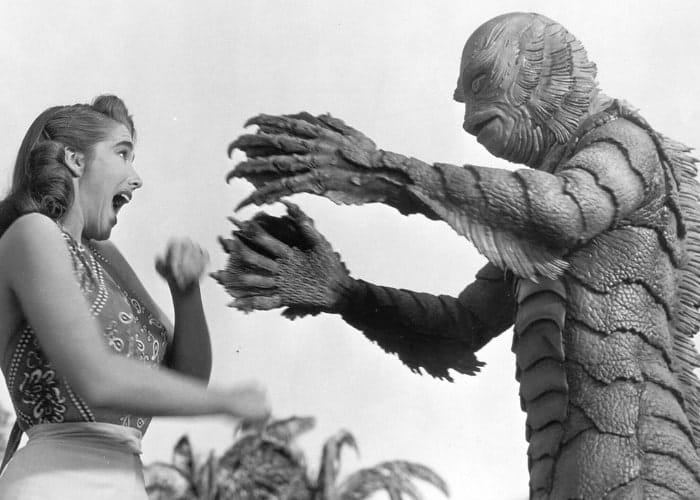
When you look at behind-the-scenes photos of the titular Creature, you can’t help but notice the colors: the murky green scales, the amber eyes. The Gill-man feels pulpier this way, more like an otherworldly warning from a here-be-monsters-map. In black and white, he feels earthly. “Sad, and beautiful,” as producer William Alland put it. “It would still frighten you, but because of how human it was, not the other way around.” Black and white is democratic this way. It unifies its subjects, breaking your heart and terrifying you the way that only monochrome can. We see all the creatures bumps and frills; we are dazzled by his grace of movement not the red of his lips. I’ll take the Creature from the black-and-white lagoon any day. – Meg Shields
7. Cat People (1942)
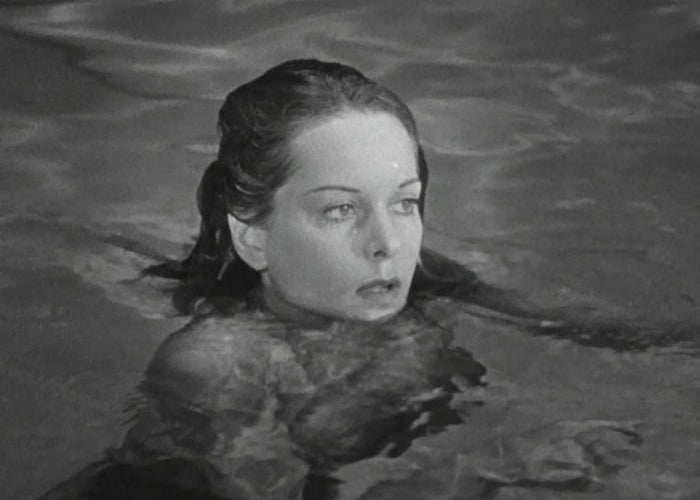
In the early ‘40s, Val Lewton established himself as one of the first major players in horror when he became the head of RKO’s horror unit. For his first production, he teamed with director Jacques Tourneur to tell the story of a Serbian immigrant that turns into a panther when sexually aroused. Unlike the popular Universal Monster movies of the day, Lewton’s film refrained from showing the monster or villain, in this case, a panther, and instead relied on the use of shadows to spark the imagination of the audience. The film features a number of scenes that are intense and scary, even by today’s standard, with the pool scene ranking as one of the all-time great moments of the genre. Perhaps most significant is that this film introduced a new trope that has become commonplace in horror. Known as the “Lewton Bus,” this was the first movie to build up the tension to lead the audience to believe something terrible was about to happen only to have the reveal be rather harmless. But don’t let that “Lewton Bus” fool you, the real harm is just around the corner. – Chris Coffel
6. Invasion of the Body Snatchers (1956)
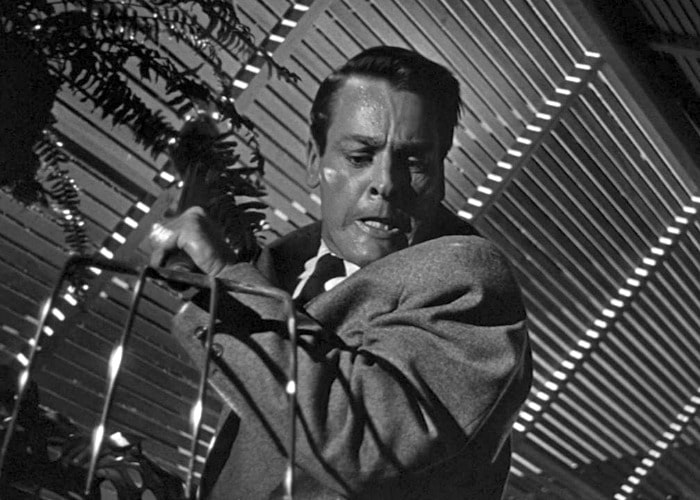
Birthed during the height of Cold War paranoia, anti-Communist hysteria, and fear of McCarthyism, Invasion of the Body Snatchers’captures the collective fears of our society during the 1950’s. The story takes place in a town where alien parasites take over the residents, which many pundits have interpreted as a metaphor for the fear of the Other. According to the film’s creators, Body Snatchers was never meant to be anything more than a scary thriller. But Don Siegel’s masterpiece inherited its political allegories for subconsciously tapping into the fears of a zeitgeist, in turn making it one of the most influential movies of its time period. And considering the film has been remade and reduxed time and time again, its power has proven to be timeless. – Kieran Fisher
5. The Eyes of My Mother (2016)
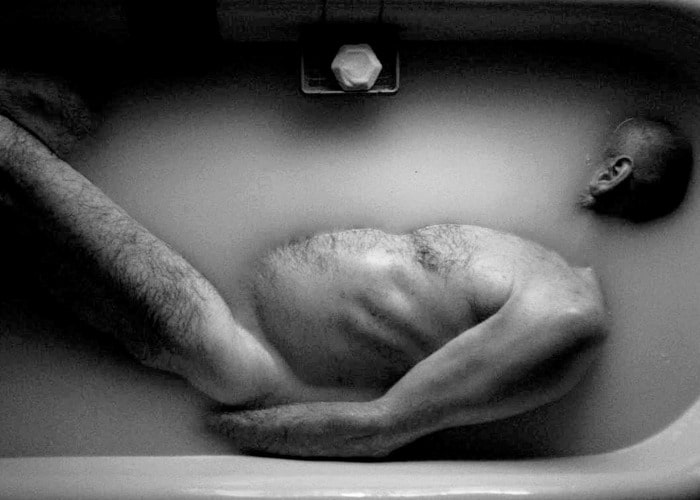
Nicolas Pesce’s The Eyes of My Mother is the most recent black and white film on this list, and a bold choice for a directorial debut. But the film’s color feels almost like a gift from Pesce, a way to subdue the grisly impact of the movie, giving us the illusion that these horrors are only happening under the guise of shadows and darkness. And while the story of a young girl’s trauma after witnessing her mother be murdered and the lasting effects she carries with her doesn’t need any help in being bleak, the black and white casts the film under a suffocating dark cloud that you only get respite from when the credits finally roll. The Eyes Of My Mother is a deeply upsetting film; a colorless testament to the horrors of isolation. – Jacob Trussell
4. Freaks (1932)
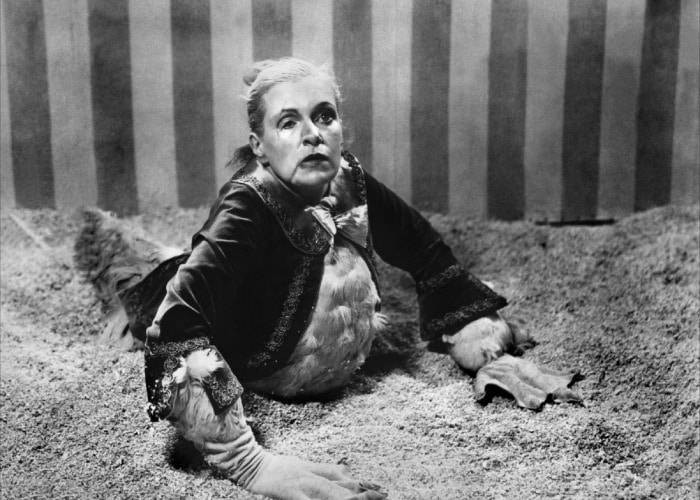
Tod Browning chased his successful Dracula with something far, far darker and even more human. That’s the secret to its power — these threats aren’t supernatural in origin, and their evil is very, very real. I’m talking, obviously, about the greedy and cruel “normies” who plan on screwing over and killing a “freak” for money. That’s true evil, and while the film’s terror comes in sequences where the freaks of the title enact their nighttime revenge, the truth about how callous, mean-spirited, and murderous people can be is the real horror of it all. Where color film might have captured the title characters more as specimens of horror, the b&w instead captures everyone with the same stark eye. – Rob Hunter
3. The Mist (2007)
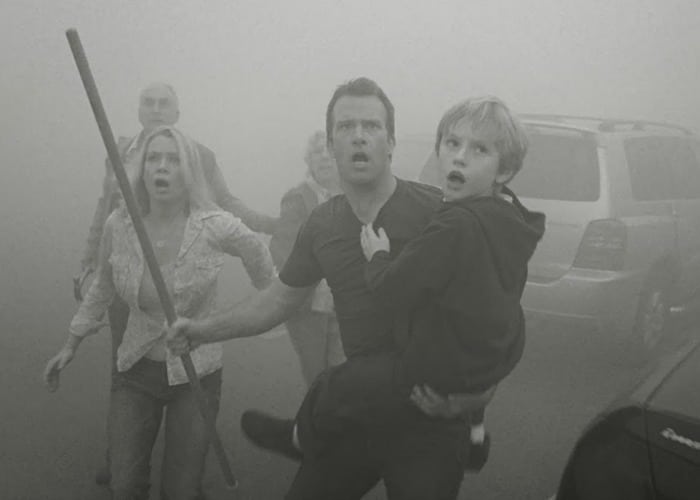
Director Frank Darabont always intended for The Mist to be in black and white. For one thing, monochrome brought out the film’s family resemblance to mid-60s genre fare and the kind of grainy monster flicks that had inspired Stephen King to write the novella in the first place. And really, The Mist in black and white is a completely different film: less schlocky, moodier, and, wouldn’t you know it, a whole lot more terrifying. The stark contrast really gives the impression that mist could swallow the town up. It helps you see the fog lick the floor of the garage, makes the engulfing of human shapes all the more horrible. But most of all, in black and white the mist makes things too bright. It gives off an unforgiving glow that exposes the townspeople to the inter-dimensional horror show, and, more pointedly, to each other. – Meg Shields
2. The Innocents (1961)
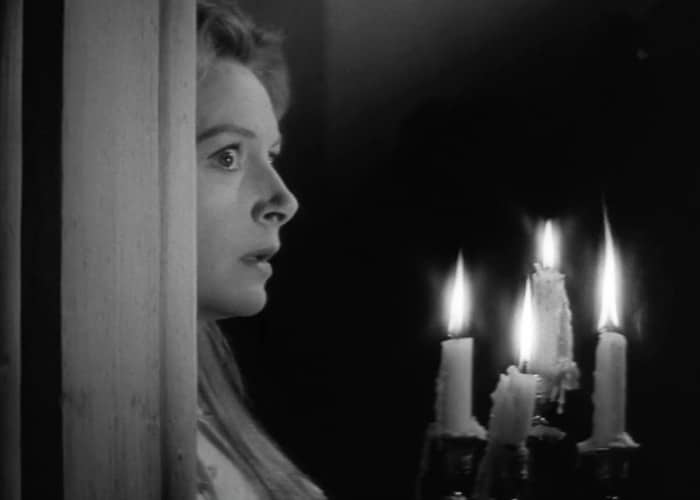
It’s “The Turn of the Screw” filtered through the madness of pinch-hitter screenwriter Truman Capote and director Jack Clayton. Deborah Kerr plays an eager governess happy to take on the role of caretaker to a couple of spoiled brats who may or may not be in communion with something ghastly. Clayton not only embraces shadow, he practically allows the film to be swallowed in darkness thanks to a minimalistic lighting style rarely seen in productions of the time. Clayton accentuates the image by also incorporating a revolutionary electronic score crafted by composer Daphne Oram. The Innocents is that classic “slow burn” before the term was thrown around at every middling low-budget horror fare. Here, the audience is dunked into the terror experienced from Kerr’s point of view, and you’re trapped there until she is finally released. This isn’t a scary movie, it’s dreadful stranglehold of emotion. There is a lot more to it than bed-sheet Boos. – Brad Gullickson
1. The Haunting (1963)
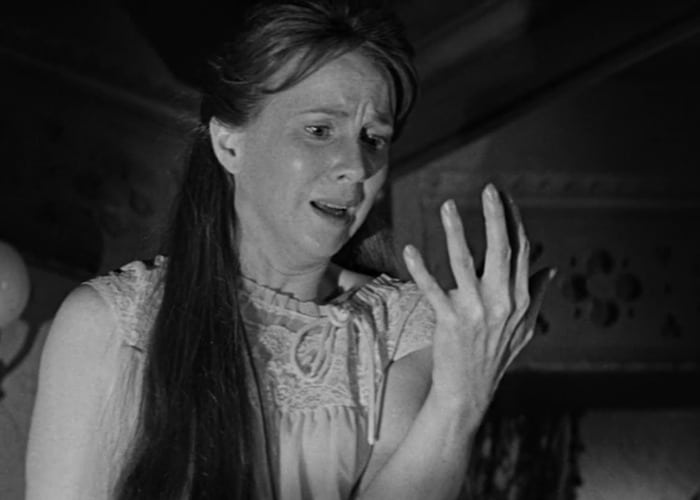
You all saw and loved Netflix’s Haunting of Hill House, right? Judging by the overwhelmingly positive response, it’s safe to assume that Mike Flanagan’s re-imagining of Shirley Jackson’s iconic chiller novel is going to go down as a small screen horror classic. The first adaptation, however, came courtesy of Robert Wise 55 years ago and it’s still the best version if you ask me. A masterclass in suspense but boasting just the right amount of camp, it’s perfect viewing for those dark, stormy nights. Movies like this are the best kind of spooky comfort food. – Kieran Fisher
![]()
More colorful entries await in our 31 Days of Horror Lists!
The post 10 Scariest Black and White Horror Films appeared first on Film School Rejects.

0 comments:
Post a Comment